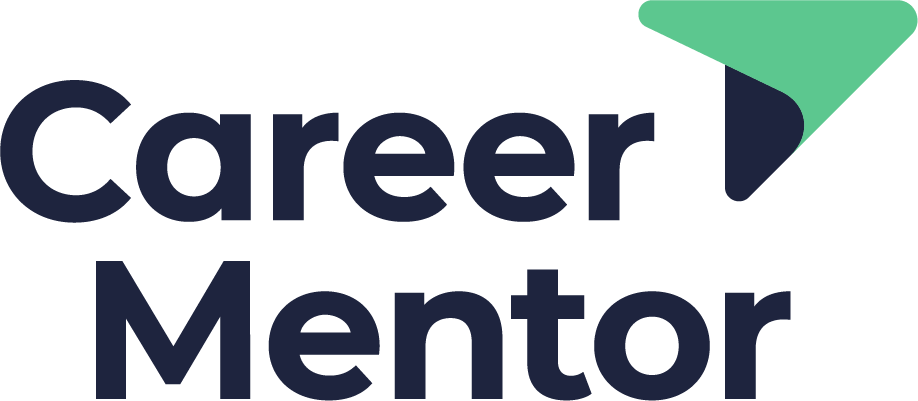CV FAQs: Making your CV stand out
As soon as someone thinks that it’s time to upgrade their CV, a whole load of questions come to mind. Here are the answers to the top eleven questions that you might have. There are as many opinions on CV writing as there are CVs; these ideas are gleaned from over 20 years as a recruiter and almost as many in Coaching, as well as conversations with industry experts and the top selling books on the topic.
Should my CV be one page or two?
If you’re at the start of your career and don’t have a huge amount to say about yourself, then I’d say a one page CV is fine. For everybody else, it should be two pages unless otherwise specified in the recruitment process. The top of the first page will be your contact details, professional profile and then your current or most recent job. The difficulty with one page CVs for most professionals is that they end up cramming the key points in, not really doing them justice and writing in a tiny font.
Should I write in the first person with pronouns?
The CV should be written in the third person with the pronoun removed. So “He does this...” or “I do this” becomes “does this…” Also, make sure that it’s in the right tense. Your current job - assuming that you are still there - will be in the present tense. Previous jobs will be in the past tense.
What information should I include in the header?
For starters, no home address - just put your full name, mobile number, email address and maybe the city that you live in. Your email address should be reasonably professional so not funkybunny@aol.com, nor should it be a work email. On your mobile, ensure that the greeting in the voicemail is professional and that the voicemail box is empty enough to accept new messages.
Should I have multiple versions of my CV or just one principal version?
In our experience, it’s much better to have one main version that you then tweak and adapt to the jobs that you’re applying for. It’s important that you reflect the language of the job application. AI is increasingly used to filter the wheat from the chaff when it comes to CVs, so you want to make sure that the keywords you’ve included are specific to the job you’re applying for. There are apps such as Jobscan where you put in your CV and the job spec. Jobscan will then tell you how well your CV matches and offer suggestions. You also don’t need to include a CV if you’re applying for a job in the UK.
Should I include a link to my LinkedIn Profile?
Yes. Your LinkedIn profile is a great opportunity to showcase articles that you’ve written, videos and the social proof offered by your Skills & Endorsements and Recommendations. Just make sure that your Profile is in a great state that so that you are taking full advantage of the additional insights that it can provide about you. If not, have a look at one of our many blogs on optimising your LinkedIn profile.
Should I lay out my professional experience chronologically or by function?
Having seen many examples of both, in my experience the functional style of CV often looks clunky and awkward. It’s often quite difficult for the reader to follow your career progression. For that reason, we much prefer the reverse chronology, meaning your current or most recent job at the top and then working back in time.
Where should my Education and Qualifications go?
With one exception, the Education & Qualifications section should be at the bottom. The exception is if you’ve very recently undertaken more education with a view to changing the direction of your career. In this case, you can put it immediately underneath your Professional Profile at the top of the first page. This will almost never apply to experienced professionals, however.
-
Creating a CV from scratch or updating it after a long time can be a tedious and challenging process. If you’re in the process of applying for jobs and as part of that, are updating your CV, let’s talk. A core part of our Foundation Coaching programme is ensuring that clients’ CVs reflect the value they can bring and the overall direction of their updated career strategy.
